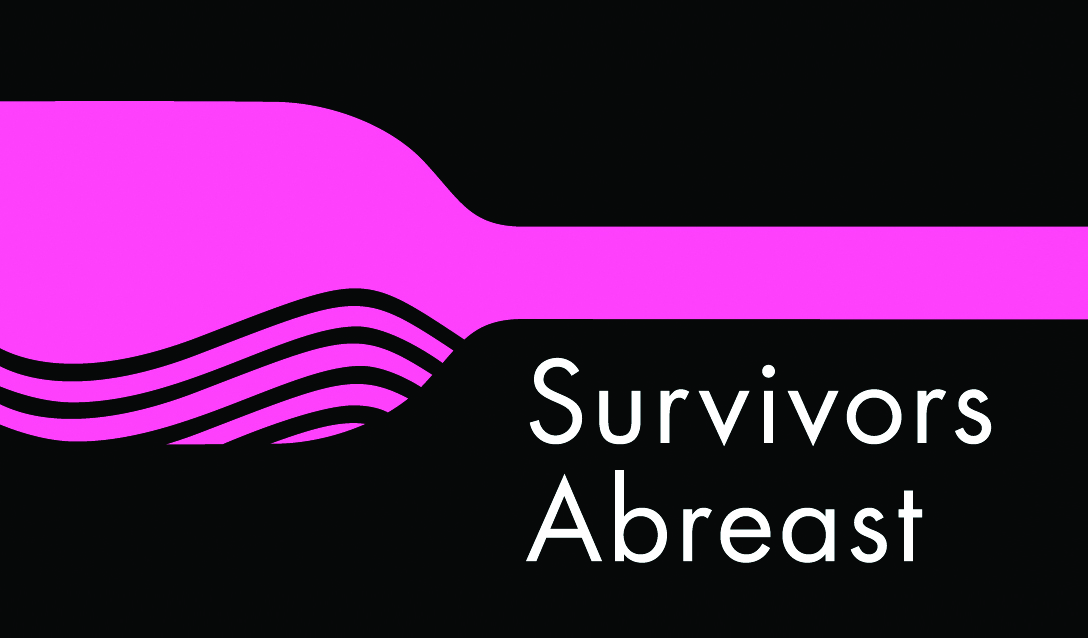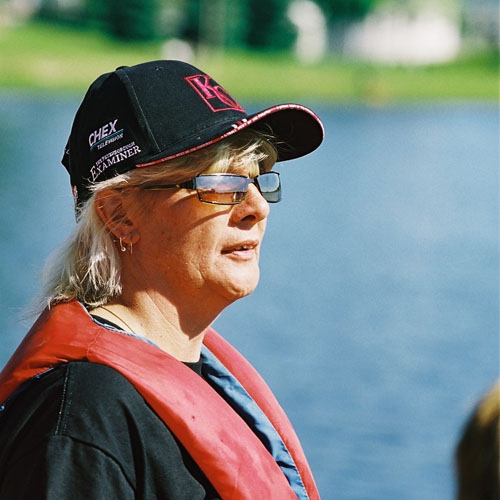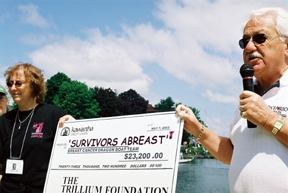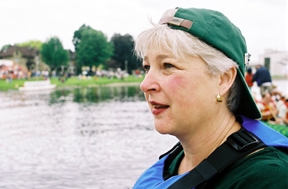Breast cancer is the most common cancer among Canadian women (excluding non-melanoma skin cancers). It is the 2nd leading cause of death from cancer in Canadian women. Breast cancer can also occur in men, but it is not common.
Trends in breast cancer
The breast cancer incidence rate in women in Canada rose through the early 1990s but decreased in the early 2000s. This increase occurred partly because mammography was used more often, which meant that more cases of breast cancer were found. Another reason may be the increasing use of hormone replacement therapy (HRT) among post-menopausal women, which has been linked to a higher risk of breast cancer. The decrease that occurred around 2002 coincided with a large drop in the use of HRT among postmenopausal women when its role in breast cancer was publicized. From 2004 through 2013, the breast cancer incidence rate mostly stabilized.
The breast cancer death rate has been declining since the mid-1980s. This reduction in death rates likely reflects the impact of screening and improvements in treatment for breast cancer.
Chances (probability) of developing or dying from breast cancer
It is estimated that about 1 in 8 Canadian women will develop breast cancer during her lifetime and 1 in 31 will die from it.
In 2017, an estimated:
- 26,300 women were diagnosed with breast cancer. This represents 25% of all new cancer cases in women in 2017.
- 5,000 women died from breast cancer. This represents 13% of all cancer deaths in women in 2017.
- On average, 72 Canadian women were diagnosed with breast cancer every day.
- On average, 14 Canadian women died from breast cancer every day.
- 230 men were diagnosed with breast cancer and 60 died from breast cancer.
__________________________________________________________
Symptoms of breast cancer
Breast cancer may not cause any signs or symptoms in its early stages. Signs and symptoms often appear when the tumour grows large enough to be felt as a lump in the breast or when the cancer spreads to surrounding tissues and organs. Other health conditions can cause the same symptoms as breast cancer.
The most common symptom of ductal carcinoma is a firm or hard lump that feels very different from the rest of the breast. It may feel like it is attached to the skin or the surrounding breast tissue. The lump doesn’t get smaller or come and go with your period. It may be tender, but it’s usually not painful. (Pain is more often a symptom of a non-cancerous condition).
Lobular carcinoma often does not form a lump. It feels more like the tissue in the breast is getting thicker or harder.
Other symptoms of ductal and lobular breast cancer include:
- a lump in the armpit (called the axilla)
- changes in the shape or size of the breast
- changes to the nipple, such as a nipple that suddenly starts to point inward (called an inverted nipple)
- discharge that comes out of the nipple without squeezing it or that has blood in it
Inflammatory breast cancer and Paget disease of the breast cause different symptoms.
Often, these symptoms are not caused by cancer. Other health problems can cause them. Testing is necessary to make a diagnosis.
Source: The Canadian Cancer Society at www.cancer.ca


















